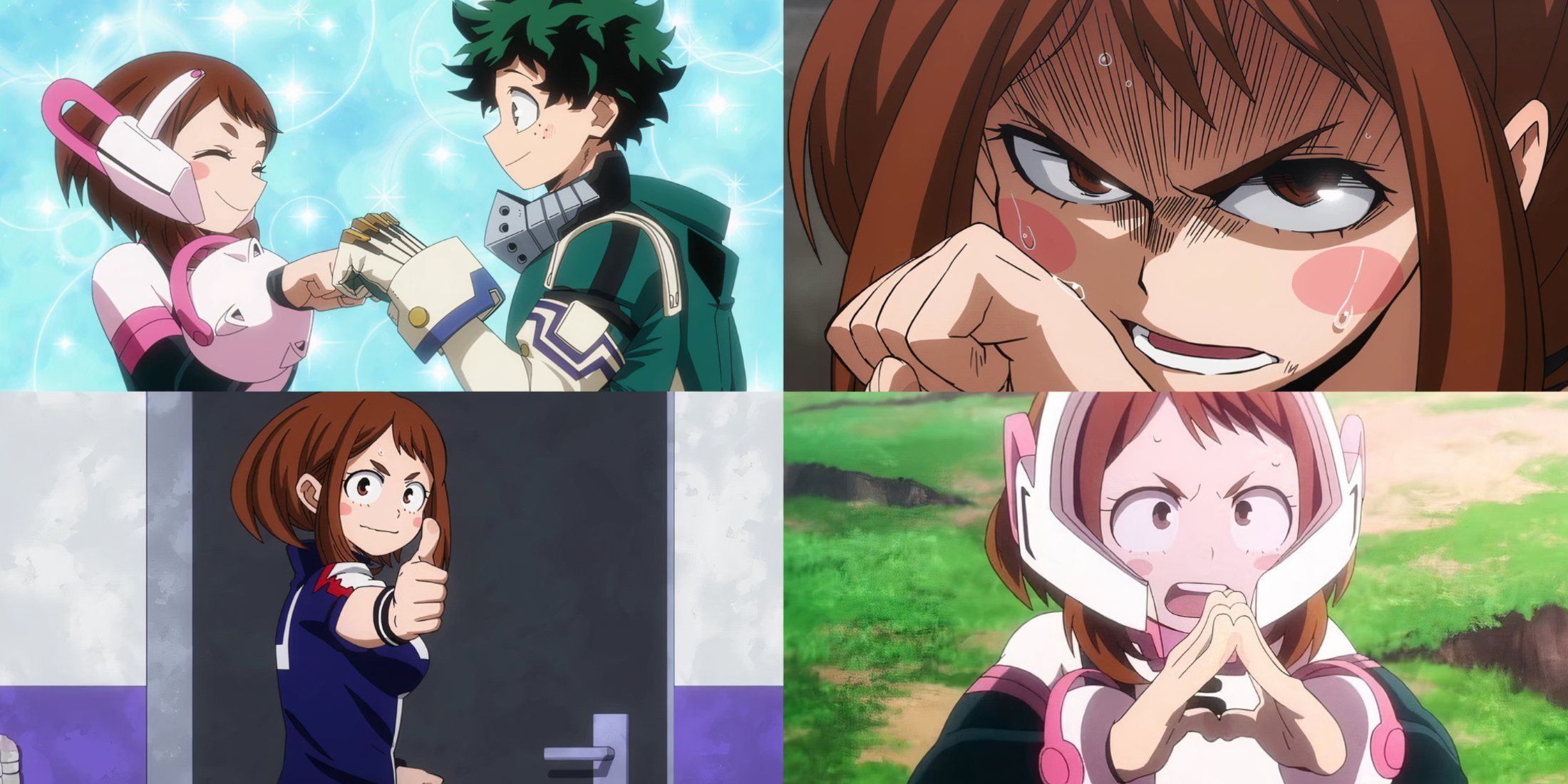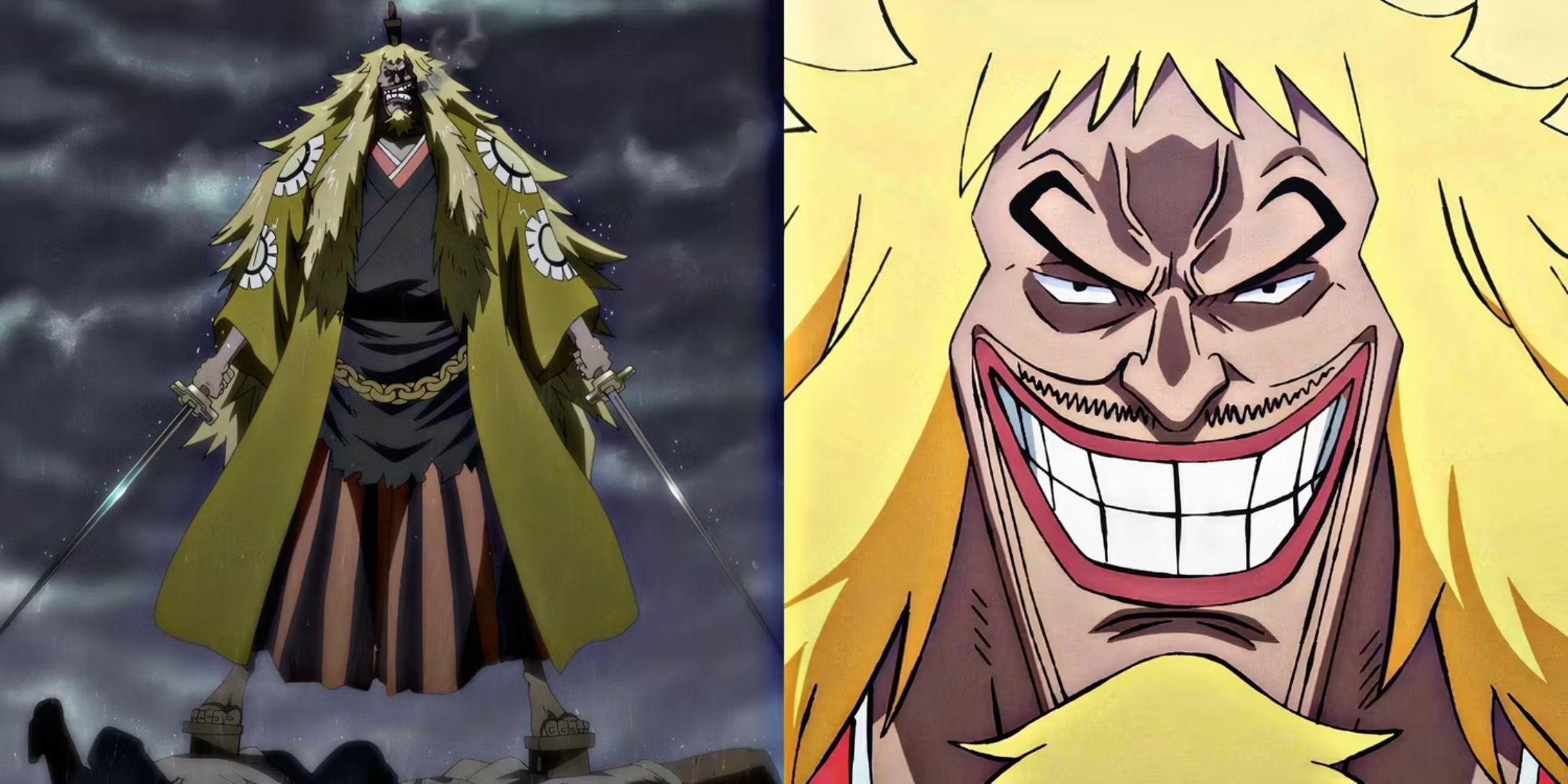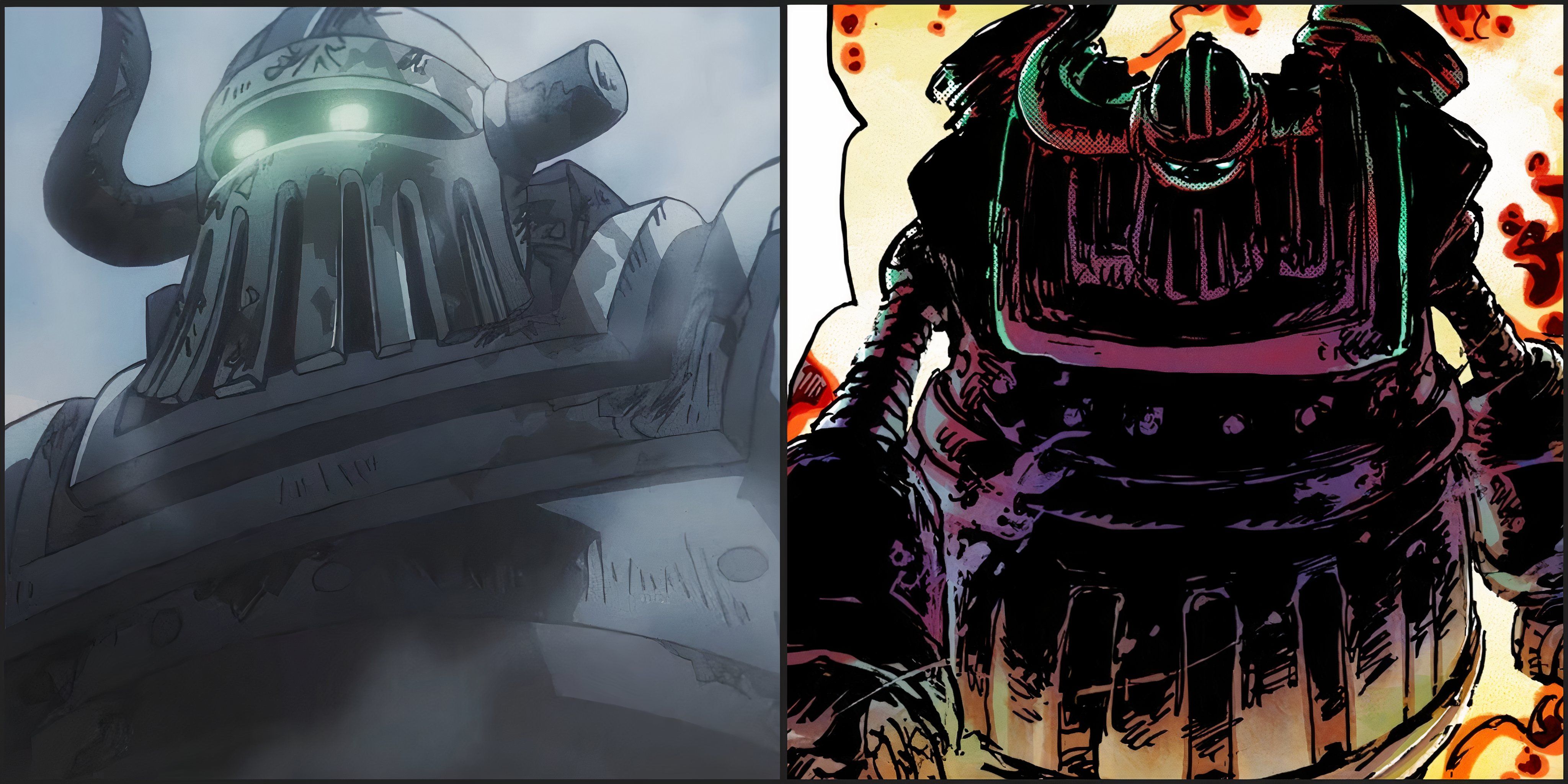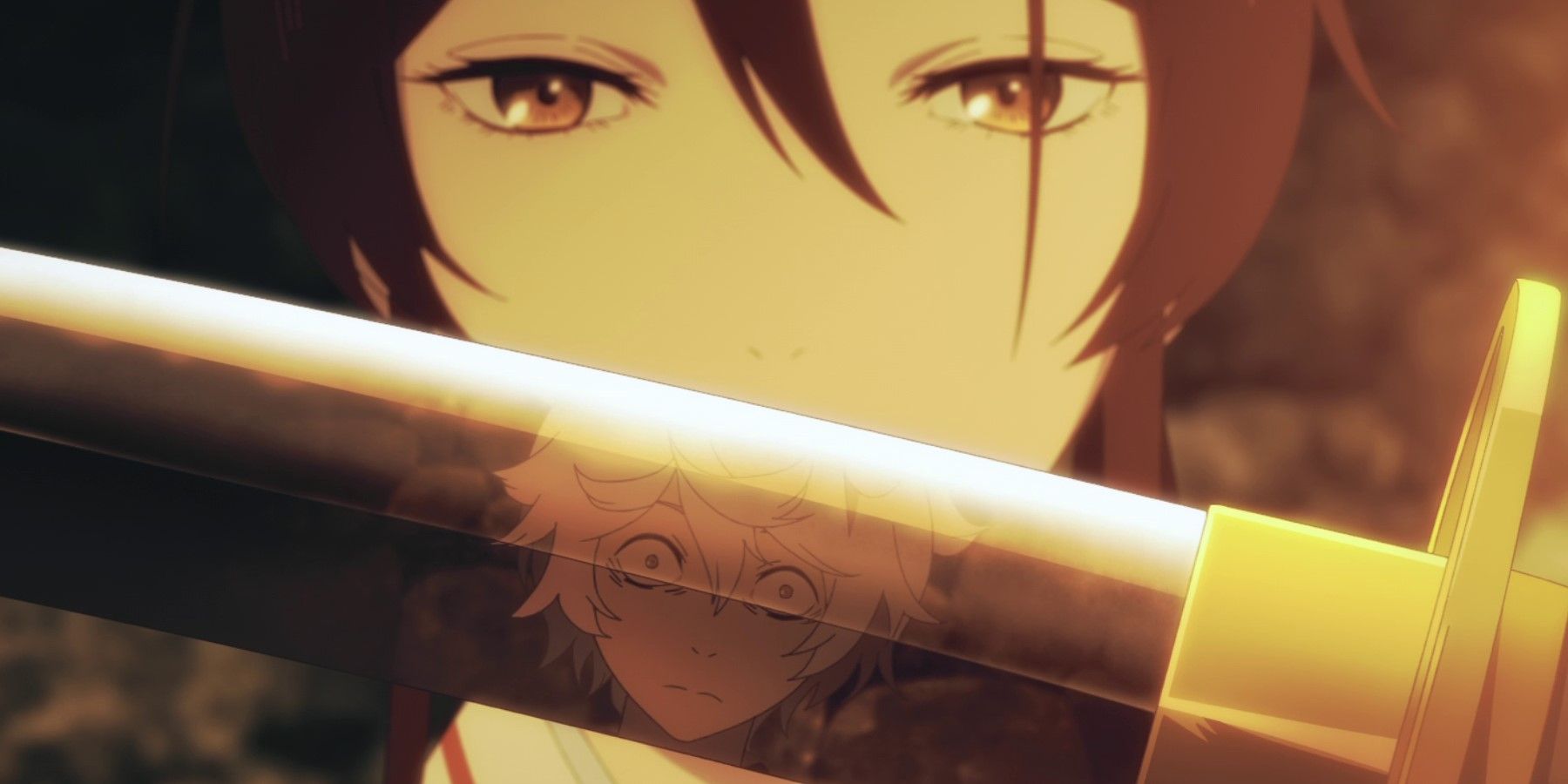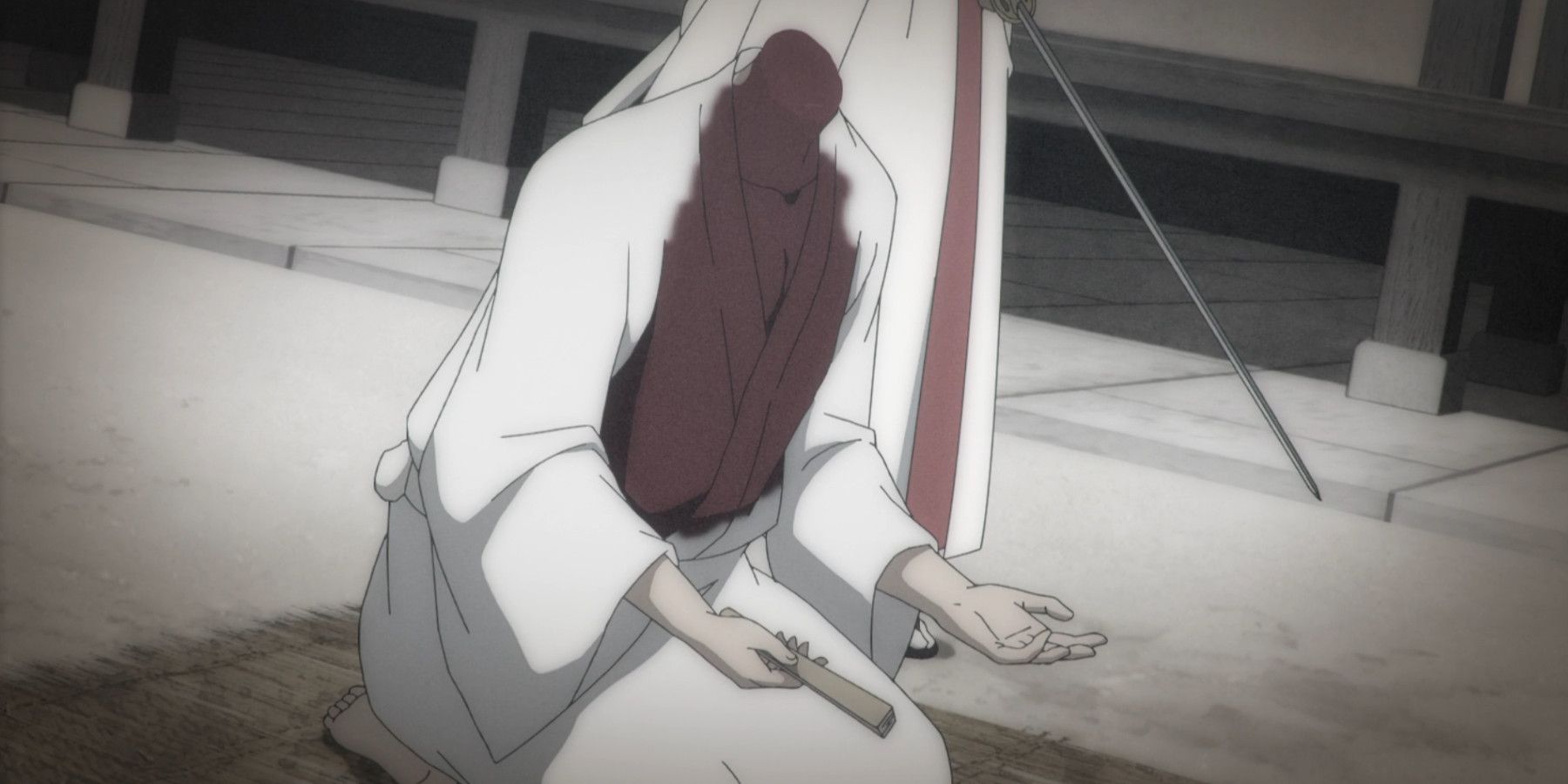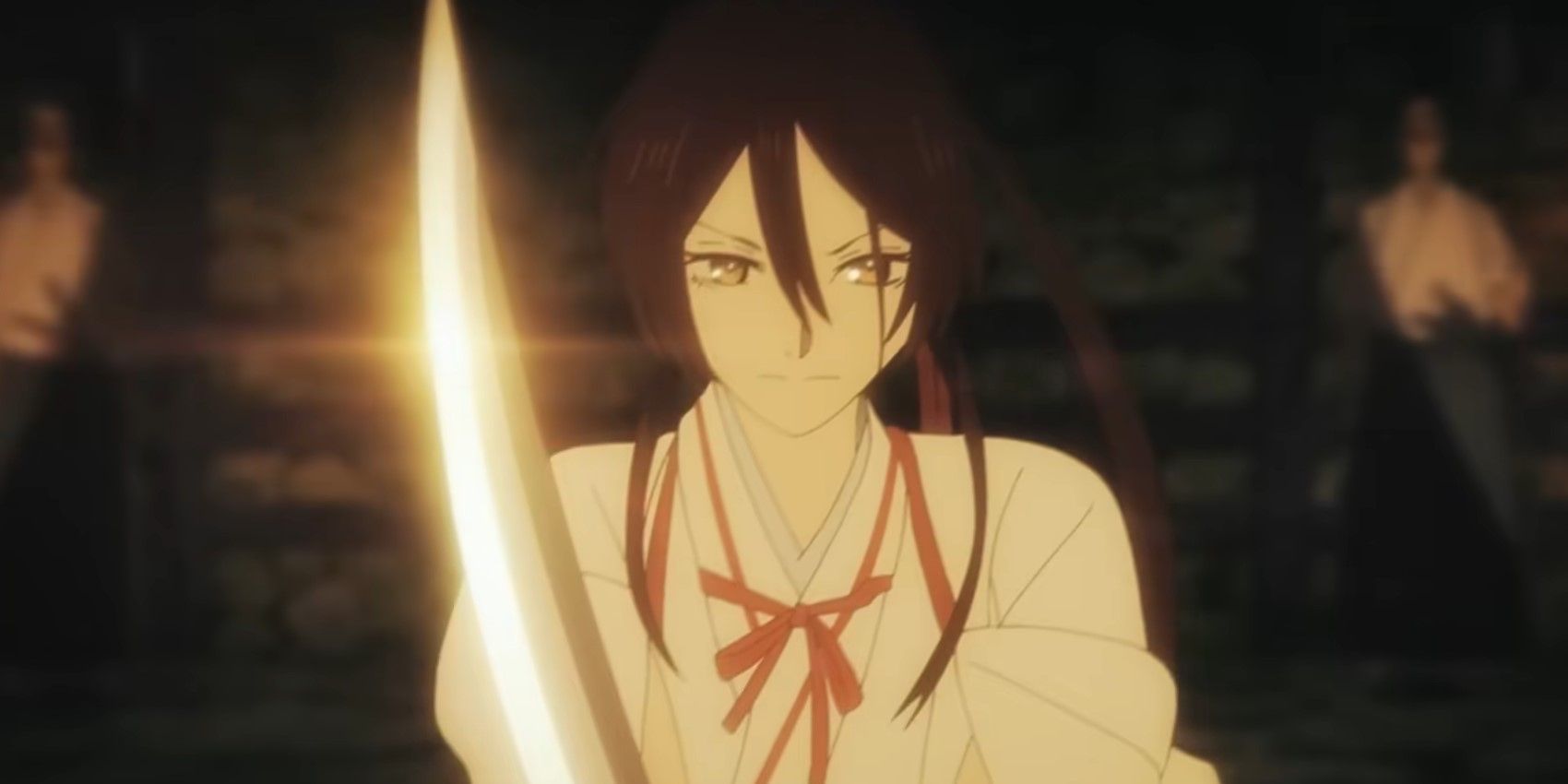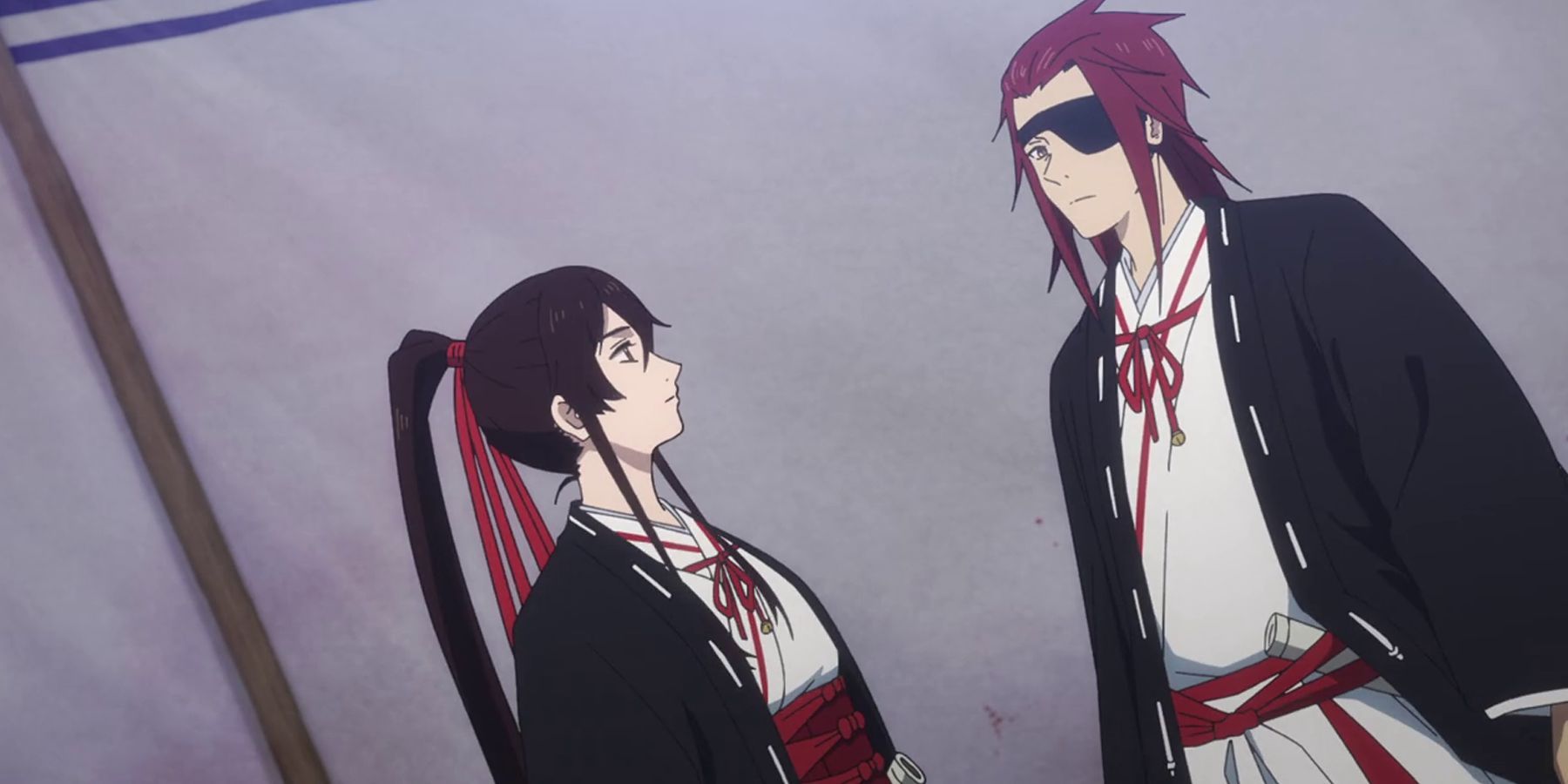One of the central characters of Hell's Paradise: Jigokuraku, is Sagiri Yamada Asaemon, a member of the Yamada clan, an executioner tasked with watching Gabimaru, the protagonist. But she and her clan also have another job description - that of sword testers, an extension of a Japanese art form that spans history and still persists today, albeit under very different circumstances.
Tameshigiri (試し斬り), combining the kanji tameshi (試し, trial) and the verb kiru (斬る, to cut off), is the art of testing a blade against various targets to determine its sharpness. It became prominent during the Edo period in which Jigokuraku is set, and in which the art form is a big part of the Yamada clan's identity.
A Violent Art
Sword testing was an art only performed by the best swordsmen. After all, the utility of tameshigiri was to measure the effectiveness of a blade, and so the hand wielding the sword had to be skilled to ensure a fair assessment. Swords were tested on objects such as bamboo or goza, a material in tatami mats.
In more macabre instances, they were tested on bodies. Often this meant cadavers, where the goal was to test how the blade would cut through flesh, thus determining the value of the sword. These cadavers often had their limbs and bodies posed for the purpose of testing different kinds of cuts made to limbs like the legs. The hardest ones - and the best tests of a blade - were diagonal or horizontal cuts through the body.
However, like in Jigokuraku, swords were tested on living criminals for executions. In the novel Samurai, author John Man tells of an old story of a criminal who remarked that they wished they had swallowed rocks prior to their execution to damage the blade. In some cases, the results of these tests were immortalized on the tang of the sword, detailing how many bodies were cut and where.
This practice continued into the 20th century when swords were tested on prisoners during World War II. However, while Tameshigiri is still practiced today, its objective is completely different. It is a martial art to demonstrate the skill of the wielder, rather than a task performed to test the sword itself. Practitioners demonstrate cutting techniques on upright-standing goza.
It is an ideal material for testing a sword, and the difficulty of the cuts varies depending on the angle of attack. Observing the Tsubamegaeshi cutting pattern, vertical slices are easier than horizontal ones, which are cut perpendicular to the grain. For example, this same art is demonstrated in the bamboo-cutting mini-game in Ghost of Tsushima.
Tameshigiri in Jigokuraku
In our article about the fear in Sagiri's blade, we wrote how, as ronin, the Yamada clan does not profit from the government, and as such deals in various trades. In addition to the aforementioned ones, they study corpses and produce medicines. One of Sagiri's stated reasons for refusing to abandon her path as an executioner is that no matter where she fell in her clan, she would be surrounded by death.
But her incentive to become an execution extends far beyond that. Jigokuraku's portrayal of execution is fascinating because it depicts the Yamada clan's sword testing as the means to deliver a swift, painless death. In Episode 2, Sagiri's father, Kichiji, killed a prisoner who requested to perform rakugo during their execution. The cut was so flawless that the prisoner finished their story even after being beheaded. Sagiri has strived to replicate this cut.
It's interesting to note how the decapitations are presented and how they distinguish the perfection of Kichiji's cut versus Sagiri's own, hindered by her fear. The audio is key as the former cut is light and swift as if only hearing the whoosh of the blade through the air, while the latter is accompanied by the sound of flesh splitting with an almost wet sound.
The Yamada clan's reputation as sword testers not only adds interesting historical context to the story but uses said context to set up the individual clan member's unique skills. Through the show's explanation of the clan's anatomical comprehension and discipline, their sword techniques can penetrate the toughest defenses. It will be interesting to see Sagiri and the other executioners' techniques more as the season approaches its close.
Source: John Man, Samurai (pg. 55)
